|
Getting your Trinity Audio player ready...
|
Last updated on May 12th, 2025 at 10:17 pm
Thank you for reading this post, don't forget to subscribe!External links target external domains and are integral to the way Google’s algorithm evaluates web pages. Every modern SEO understands that external links are a vital source of ranking power.
Search engines often consider them like third-party votes of confidence that help to increase your website’s SEO value. They base their assessment on the idea that the way people talk and recommend your website explains a lot about you.
Importance of External Links
External links play an influential role in the ranking of your website. Associating your site with high authority, relevant sources helps you rank highly. It provides strong sources to your authority and allows your website to outrank other sites that don’t have them. This is according to Shai Aharony’s study.
External linking increases your website’s visibility and relevance. Search engines will show how they value their users by listing the most relevant results to their queries. By including external links from same-niche websites, Google will understand your web content’s relevance for a particular query and the level of your popularity, which may boost the ranking of your website
When you link to another website, users will be able to find additional information related to their searches. This adds value to user experience, which, in turn, encourages them to visit again in the future and get more quality content.
Linking out to powerful and reliable sources allows you to get a backlink from these sources and naturally build a linking environment. This technique will improve your ranking on multiple search engine results pages (SERPs)
How to Vet Your Sources

An external link should come from a good source. But what does a good source entail? Let’s uncover the answer to this pressing question with a keen eye on the topics defined on Google QRG’s page 9.
The accuracy of your information is essential, and as a content creator, you have to ensure that, in the end, your traffic play will not hurt your readers.
Step 1. How to determine if a Journal or Website is Credible
The first step to ascertaining if your resource qualifies to be used as a source is to figure out if it’s trustworthy. To do this, you should evaluate the following;
Who is the Author?
- The credibility of the journal or website’s author is easy to check. Scrutinize the name of the person who wrote the content and ask yourself this;
Do You Know Them?
- You cannot assess the content’s credibility if you haven’t determined its author. In most SEO articles, using individual expert names is recommended. So whenever possible, if the writer’s name is indicated, use it. Some high-authority companies don’t use the writer’s name, though. Instead, they publish content under a brand name.
How Proficient Are They in Their Field?
- Does this author hold a certification or degree as proof of their experience?
What Reputation Do They Have in This Field? Are They Associated with Trusted Names?
- An excellent example is the article from Shai Aharony. No one would’ve known anything about the author, but Rand Fishkin vetted his data. Fishkin also said a lot of positive things about the other experiments carried out by Aharony. Looking at Fishkin, you’ll discover that he is a recognizable name in SEO. Thus his involvement means you can trust Aharony’s work.
Have They Any Incentive to Sway Their Readers?
- An expert author who has a financial stake in their SEO content should be scrutinized thoroughly.
Who is the Source’ Publisher?
- The credibility of the source’s publisher is imperative. Although academic researchers have been using journal reputationto assess credibility, these rules have not worked on websites. Most sites have shortcomings such as ad spam, lack of HTTPS, and much more. You can search for reviews or use backlink monitoring tools to determine the source’s credibility. Also, check if the sources are listed as distrust on sites such as Media Bias Fact Checkor Quackwatch if it’s necessary.
Who Funded the Source?
- The best academic journals come with a full funding disclosure policy that lets readers follow potential paper trails if there any. Websites, on the other hand, can be mixed up. What you need to watch out for is the sponsored content that may mislead you to believing it’s an authoritative source.
Determine if the potential source is giving too much attention to a company, service, or product, and you’ll know if it’s sponsored or not.
Is their Content Recent?
- Does the authors’ context reflect your own? When writing content on specific topics, you should rely exclusively on sources that are current and updated.
Does the Resource Back Up Its Claims?
- Your resource should provide sources and data to support its claims. Assertions that have no legitimate backing only means that the source is not trustworthy. So when linking, you should know who your potential resource is linking to.
Step 2: How to Determine If Your External Link is Excellent for SEO
It is crucial for you to determine if your potential source should be considered for SEO. Apart from providing readers with relevant, reliable, and trustworthy information, every marketer should critically evaluate whether their source will improve the content’s value and user experience or damage it.
Here’s what to keep in mind:
The Comprehension Level of Your Audience
Your source’s strength doesn’t necessarily mean that all your readers will understand the context of your article. Some of them will be left feeling worried and confused about your product. Don’t try to convince readers about your products without providing a source that will help them fully understand its details. A good source should give context and authority, which is only possible when readers understand it.
The Experience Users Have with the Destination Source
While keeping your website ad-free and fast-loading is a good move, you must also ensure that your sources have the same qualities. Readers often get turned off when they click a slow-loading source cluttered with ads, even if it looks nice and clean. Your external link is an endorsement of the destination source, and that’s how your readers perceive it to be.
The Safety of the Source
Never link to an attack site, it may not be great for SEO. When you associate yourself with a source that serves malware, you will lose your audience’s trust. Don’t use a source that fails Google’s safety tool check and which, when you click through, your browser will warn you.
The Source’s Scannability
Linking out to wide-ranging resources leads to poor user experience. The reader will find the source more resourceful than your content and will choose to continue browsing on the source since that’s where they can find the information they need. Instead of using wide-ranging sources, link your content to Google’s definition, which is short and dedicated and will not make users bounce.
Linking to a Competitor
Make sure you don’t link to your competitor. This can happen given that a lot of people may be writing in a vertical like yours and will share your space. Don’t link out your direct competitor’s content if you want to avoid bouncing your readers to their content funnel. If the audience finds your competitor’s content more engaging, they’ll click their CTAs and convert to their site because you directed them there.
Key Takeaway
As you can see, there’s a lot to consider when exploring external linking and its value. This article gives you heads-up on how to achieve SEO value by linking to fresh, updated, and valuable sources. The best practices of external linking will earn you the right signals used by search engines to determine your website’s ranking worth. Remember, excellent sourcing increases your website’s trust.





